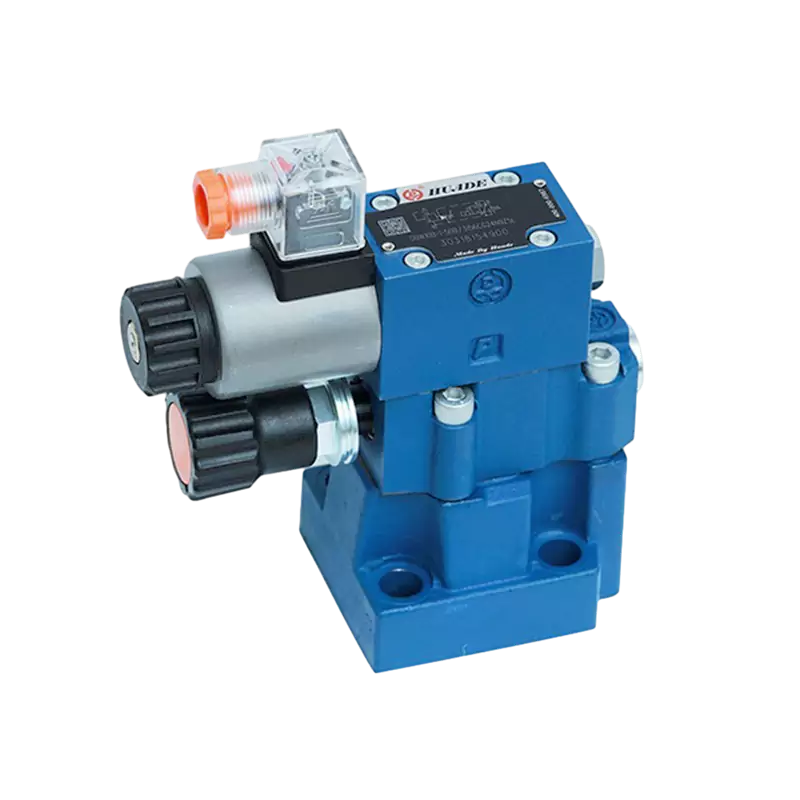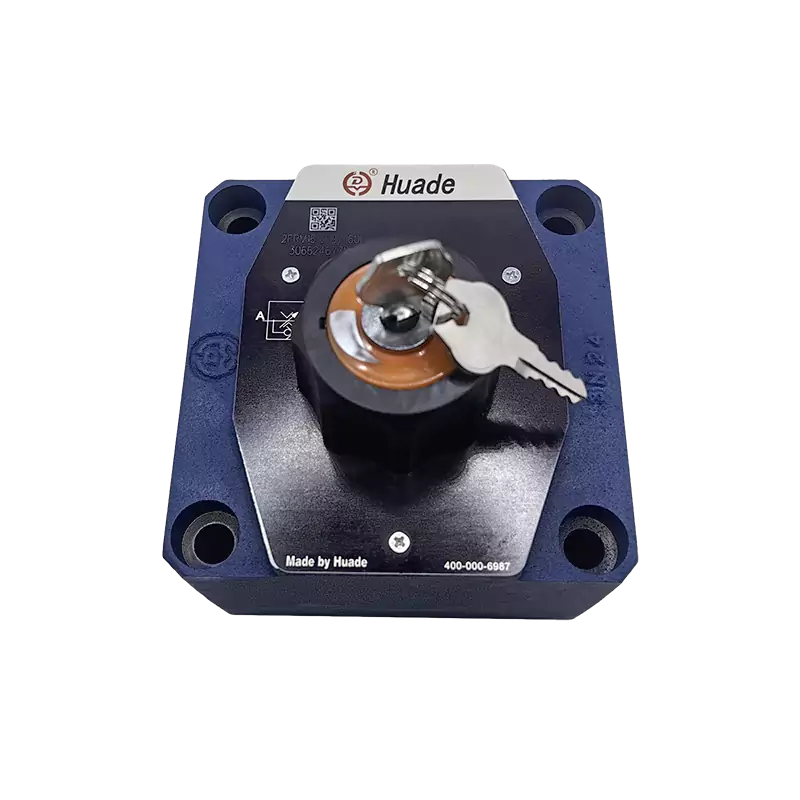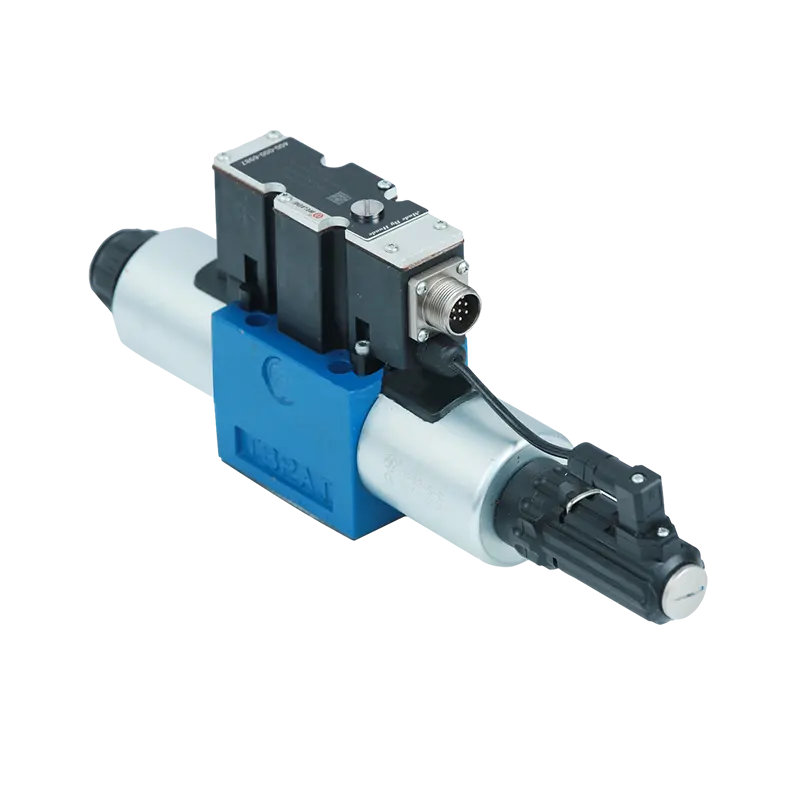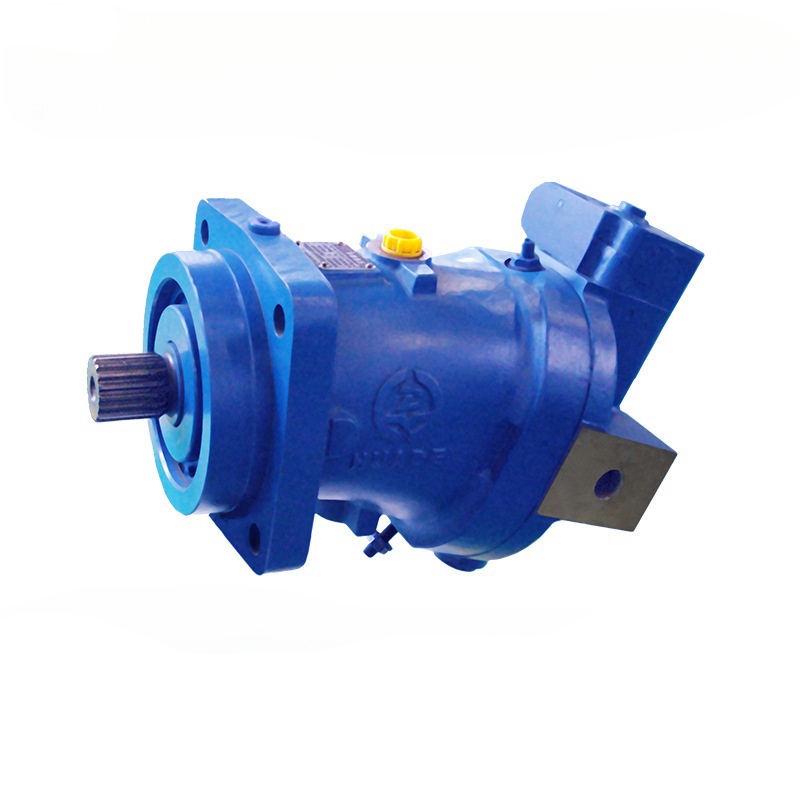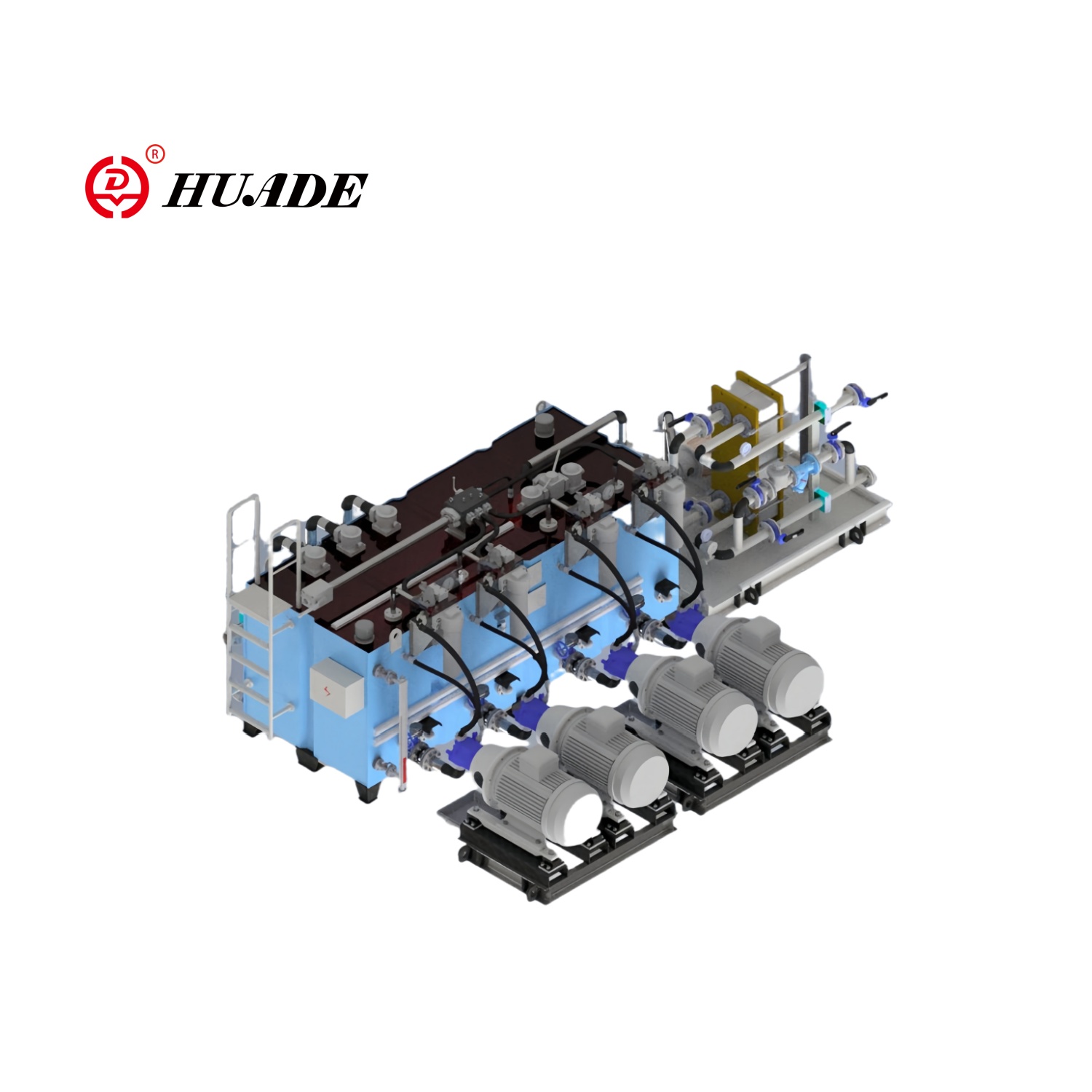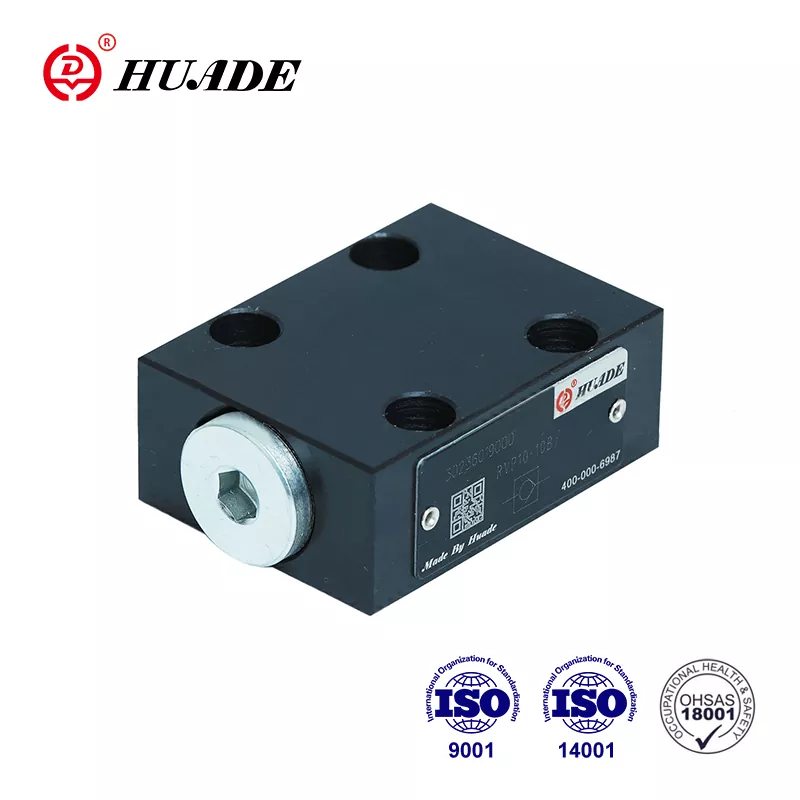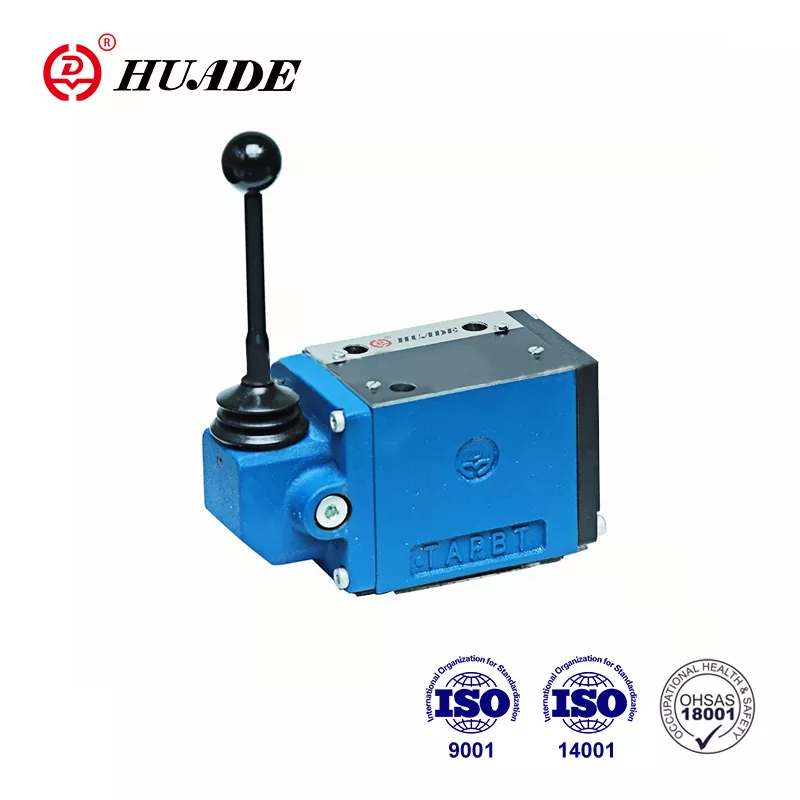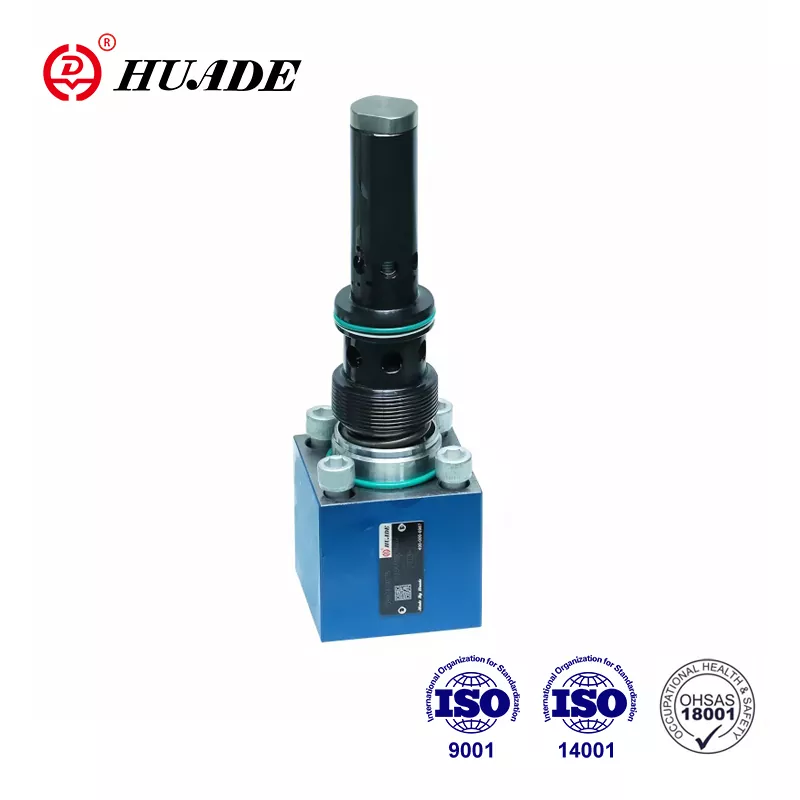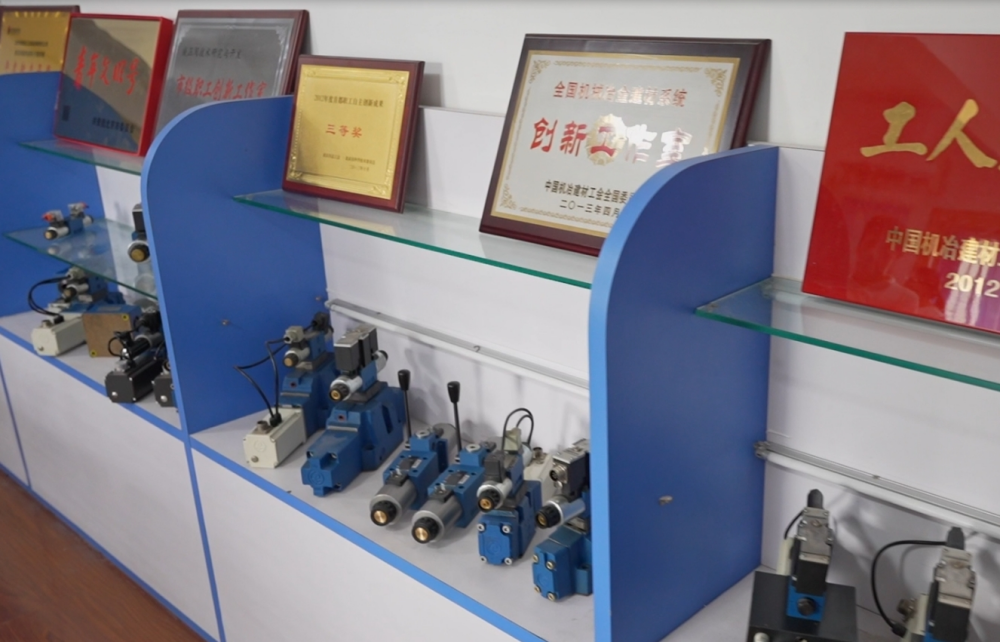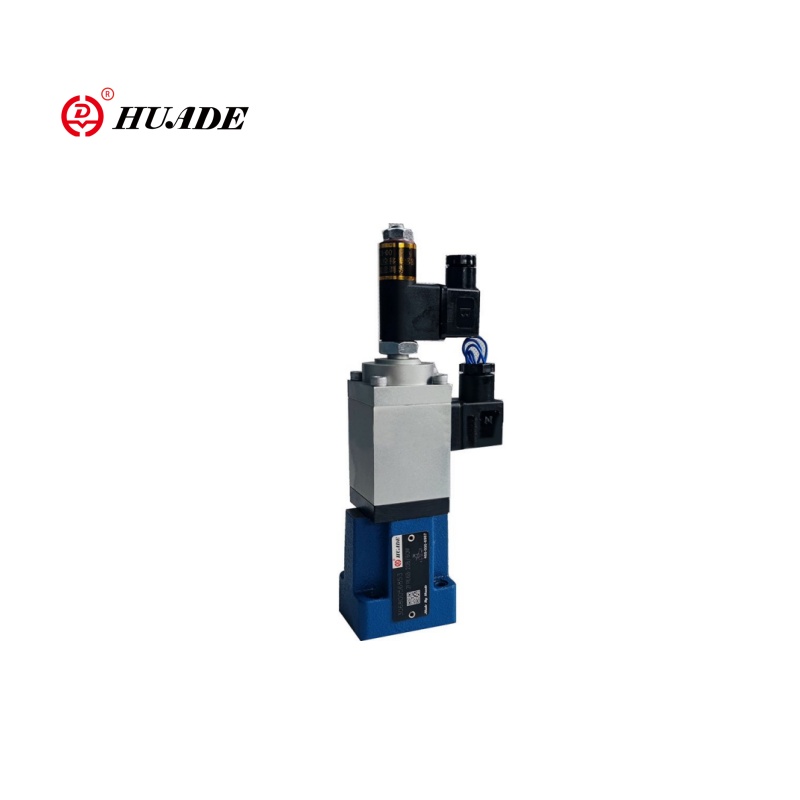 Have you ever wondered how your home gets steady water pressure even though the city's water system operates at much higher pressures? Or how factories keep their equipment safe from dangerous pressure spikes? Pressure reducing valves (PRV) are the unsung heroes working 24/7 behind the scenes.
Have you ever wondered how your home gets steady water pressure even though the city's water system operates at much higher pressures? Or how factories keep their equipment safe from dangerous pressure spikes? Pressure reducing valves (PRV) are the unsung heroes working 24/7 behind the scenes.
What is a Pressure Reducing Valve?
A pressure reducing valve is a special type of valve that automatically lowers high water or gas pressure to a safer, more stable level. Think of it as a pressure "gatekeeper" that protects your pipes, appliances, and equipment from damage.
Simple Analogy: Imagine you're trying to fill a delicate glass with water from a powerful fire hose. Without some way to reduce that intense pressure, you'd shatter the glass instantly. A PRV works like a smart nozzle that automatically adjusts the water flow to fill your glass gently, no matter how much pressure is behind it.
Why Do We Need Pressure Reducing Valves?
The main reasons we use PRVs include:
- Safety: High pressure can cause pipes to burst or equipment to fail dangerously
- Equipment Protection: Keeps expensive appliances and machinery from being damaged
- Process Stability: Ensures consistent performance in manufacturing and industrial processes
- Water Conservation: Prevents waste by maintaining optimal pressure levels
- Energy Savings: Reduces energy costs by optimizing system efficiency
How Does a Pressure Reducing Valve Work?
The basic principle behind all PRVs is surprisingly simple: they use the downstream (outlet) pressure to control how much the valve opens or closes.
The Basic Process
- High pressure enters the valve from the upstream side (inlet)
- A sensing mechanism (like a spring and diaphragm) monitors the outlet pressure
- The valve automatically adjusts its opening based on this feedback
- Steady, lower pressure flows out to your system
It's like having a smart assistant that constantly watches your water pressure and adjusts it perfectly without you having to do anything.
Key Components
Every PRV has these main parts:
- Valve Body: The main housing that contains all the components
- Diaphragm or Piston: Senses the outlet pressure and moves to control the valve
- Spring: Provides the force that sets your desired pressure level
- Adjustment Screw: Lets you change the outlet pressure setting
- Valve Seat and Disc: The parts that actually control the flow
Types of Pressure Reducing Valves
Not all PRVs are created equal. There are two main categories, each with their own strengths:
1. Direct-Acting PRVs (Spring-Loaded)
These are the simpler, more common type you'll find in most homes and small businesses.
How they work: A spring pushes against a diaphragm, which directly controls the valve opening based on outlet pressure.
Best for:
- Residential water systems
- Small commercial applications
- Simple setups where high precision isn't critical
Pros:
- Less expensive
- Easy to install and maintain
- Quick response to pressure changes
- Very reliable
Cons:
- Pressure can "droop" (drop) as flow increases
- Less precise than pilot-operated types
- Limited flow capacity
2. Pilot-Operated PRVs
These are the heavy-duty workhorses used in larger, more demanding applications.
How they work: A small "pilot" valve controls a larger main valve, using the inlet pressure to help regulate big flows with great precision.
Best for:
- Municipal water systems
- Large industrial processes
- Applications requiring high precision
- Systems with widely varying flow demands
Pros:
- Very precise pressure control
- Minimal pressure droop
- Handle much larger flows
- Better performance with varying demands
Cons:
- More expensive
- More complex (more parts that can wear out)
- Require more maintenance expertise
Common Applications: Where You'll Find PRVs
Pressure reducing valves are everywhere once you know what to look for:
In Your Home
- Water heater protection: Prevents damage from high city water pressure
- Appliance safety: Protects washing machines, dishwashers, and ice makers
- Plumbing fixtures: Ensures comfortable water pressure at faucets and showers
Municipal Water Systems
- District pressure zones: Reduces high transmission pressures for neighborhoods
- Building entry points: Steps down pressure from street mains
- Fire protection: Maintains proper pressure for sprinkler systems
Industrial Applications
- Steam systems: Reduces high-pressure steam to usable levels for heating and processes
- Chemical processing: Maintains precise pressures for reactions and equipment
- Oil and gas: Controls pressures in pipelines and processing equipment
- Manufacturing: Ensures consistent pressure for pneumatic tools and equipment
Real-World Case Studies: PRVs in Action
Case Study 1: The $50,000 Coffee Disaster
A specialty coffee roaster in Seattle learned about PRV importance the hard way. Their expensive Italian espresso machine required exactly 9 bar pressure, but city water pressure spiked to 12 bar during low-usage periods. Result? $50,000 in equipment damage over six months.
Solution: A $200 pilot-operated PRV with ±2% accuracy. No more damaged equipment, and coffee quality improved because pressure stayed consistent.
Lesson: Sometimes the cheapest part prevents the most expensive problems.
Case Study 2: Hospital Heroes
During COVID-19, a New York hospital's medical gas system faced extreme demand swings. Their old direct-acting PRVs couldn't handle the rapid flow changes, causing dangerous pressure fluctuations in ventilators.
Solution: Smart PRVs with real-time monitoring. The system now automatically adjusts to demand changes within seconds, and maintenance can spot problems before they become critical.
Lesson: In life-critical applications, smart technology isn't luxury - it's necessity.
Choosing the Right PRV: What You Need to Know
Selecting the right pressure reducing valve isn't just about picking one off the shelf. Here are the key factors to consider:
1. Pressure Requirements
- Inlet pressure: How high is the pressure coming in?
- Outlet pressure: What pressure do you need for your application?
- Pressure ratio: The difference between inlet and outlet pressures
2. Flow Requirements
- Maximum flow: How much water or gas needs to flow at peak demand?
- Minimum flow: What's the lowest flow you'll have?
- Flow variation: Does your demand change dramatically throughout the day?
3. Fluid Type and Conditions
- What's flowing: Water, steam, gas, or chemicals?
- Temperature: Hot fluids require different materials
- Corrosiveness: Some fluids eat away at certain materials
4. Accuracy Requirements
- How precise: Do you need pressure within ±1% or is ±10% okay?
- Stability: How important is it that pressure stays constant as flow changes?
5. Material Selection
Different materials work better for different applications:
- Bronze/Brass: Good for water systems, NSF certified for drinking water
- Cast Iron: Strong and economical for large water systems
- Stainless Steel: Best for high temperature, corrosive, or sanitary applications
- Special Alloys: For extreme conditions like high-pressure chemical processing
Performance Characteristics: Understanding the Numbers
When evaluating PRVs, you'll see several important specifications:
Accuracy
This tells you how close the valve can maintain your set pressure. For example:
- Direct-acting: Typically ±10-20%
- Pilot-operated: Usually ±1-5%
- High-precision models: Can achieve <±1%
Understanding Droop: The Performance Killer
Think of droop like a tired weightlifter. When you first start lifting, you can hold 100 pounds steady. But as you get tired (higher flow), your arms start to shake and drop lower (pressure drops).
Visual Example:
Set pressure: 50 PSI
At low flow (10 GPM): Actual pressure = 50 PSI ✓
At high flow (100 GPM): Actual pressure drops to 45 PSI ✗
This 5 PSI drop is "droop" - and it can cause major problems in systems that need consistent pressure.
Flow Coefficient (Cv) Made Simple
Here's the easiest way to understand Cv: It's how many gallons per minute flow through the valve at 1 PSI pressure drop.
Real-world math: If you need 50 GPM and have 25 PSI pressure drop:
Required Cv = 50 ÷ √25 = 50 ÷ 5 = 10
Pro tip: Always size 30% larger than calculated. So you'd pick a Cv = 13 valve, not exactly 10.
Turndown Ratio
This shows the range of flows the valve can control effectively:
- Direct-acting: About 10:1 (if max flow is 100 GPM, minimum controllable is 10 GPM)
- Pilot-operated: Up to 100:1 or more
Installation Best Practices
Even the best PRV won't work properly if it's not installed correctly. Here are the key points:
Before the Valve
- Install a strainer: Keeps debris from jamming the valve
- Straight pipe: Allow at least 5 pipe diameters of straight pipe before the valve
- Shut-off valve: For maintenance and emergency isolation
After the Valve
- Pressure gauge: To monitor outlet pressure
- Straight pipe: At least 2 pipe diameters after the valve
- Relief valve: For safety in case the PRV fails closed
General Tips
- Size correctly: Don't just match the pipe size - calculate based on flow requirements
- Horizontal installation: Usually preferred for accessibility and proper operation
- Support properly: Don't let the valve support the weight of the piping
Troubleshooting Common Problems
PRVs are reliable, but they can develop issues. Here are the most common problems and their likely causes:
Problem: Outlet Pressure Too High
Possible causes:
- Valve stuck open due to debris
- Spring fatigue or damage
- Diaphragm failure
- Incorrect adjustment
Problem: Outlet Pressure Too Low
Possible causes:
- Valve stuck partially closed
- Undersized valve for the application
- Excessive pressure drop across the valve
Problem: Pressure Fluctuations
Possible causes:
- Valve "hunting" due to oversizing
- Improper installation (too close to fittings or pumps)
- Worn valve components
Problem: Noisy Operation
Possible causes:
- Cavitation (pressure drop too large)
- Oversized valve operating at very low openings
- High velocity through the valve
The Future of Pressure Reducing Valves
The PRV industry is evolving with new technologies:
Smart PRVs
Modern valves can include:
- Pressure sensors for real-time monitoring
- Electronic controls for remote adjustment
- Data logging for maintenance planning
- Communication capabilities for integration with building management systems
IoT Integration
Smart PRVs can now connect to the Internet of Things (IoT), allowing:
- Remote monitoring from anywhere
- Predictive maintenance based on performance data
- Automatic optimization of pressure settings
- Integration with smart building systems
Advanced Materials
New materials are making PRVs:
- More durable in harsh environments
- Better performing with improved flow characteristics
- Easier to maintain with self-cleaning features
Market Intelligence: What's Driving PRV Innovation
The global PRV market hit $3.3 billion in 2022 and is projected to reach $4.4 billion by 2030 - that's a solid 3.5% annual growth rate. But what's really interesting is why this market is expanding:
Real Market Drivers (Beyond the Headlines)
The Infrastructure Crisis: In the US alone, water systems lose 6 billion gallons daily due to aging pipes and improper pressure management. Cities like Flint discovered that high pressure was accelerating lead contamination - suddenly, PRVs became public health tools, not just engineering components.
Smart City Push: Singapore's national water agency reports 15% water savings after installing smart PRVs across their grid. When cities see that kind of ROI, adoption accelerates fast.
Industrial Efficiency Wars: Chemical plants using advanced PRV systems report 8-12% energy savings. In an industry where margins are tight, that's game-changing.
Who's Really Winning (And Why)
- Emerson (Fisher Brand): Dominates oil & gas with their smart valve technology. Their digital twin integration helped Shell reduce unplanned downtime by 35% at one facility.
- Spirax-Sarco: The steam specialists who literally wrote the book on energy efficiency. Food & beverage companies swear by them because steam temperature control can make or break product quality.
- Watts: Smart move focusing on residential and light commercial. They partnered with major builders, so their PRVs are now standard in many new construction projects.
Quick Selection Guide: Cut Through the Confusion
The 30-Second Decision Tree
Question 1: Is this for your house?
YES → Direct-acting, bronze/brass, NSF certified
NO → Keep reading
Question 2: Do you need pressure within ±1%?
YES → Pilot-operated or smart PRV
NO → Direct-acting is fine
Question 3: Flow more than 100 GPM?
YES → Definitely pilot-operated
NO → Either type works
Question 4: Harsh chemicals or high temperature?
YES → Stainless steel or special alloy body
NO → Bronze/iron is fine
Brand Recommendations by Application
| Application | Top Pick | Budget Option | Why |
|---|---|---|---|
| Residential | Watts 25AUB | Zurn Wilkins | NSF certified, easy service |
| Commercial HVAC | Spirax Sarco 25P | Armstrong GP-400 | Proven reliability, wide turndown |
| Industrial Steam | Fisher Type 67CFR | Spirax Sarco 25P | High-temp materials, precise control |
| Chemical Processing | Emerson Fisher 4160 | Parker PRD Series | Exotic materials available |
Cost Reality Check: What You'll Actually Pay
Residential PRVs (3/4" - 1")
- Basic direct-acting: $75-200
- Premium direct-acting: $200-400
- Smart residential: $300-600
Commercial PRVs (1" - 4")
- Direct-acting: $300-1,500
- Pilot-operated: $800-3,500
- Smart commercial: $1,200-5,000
Industrial PRVs (4"+)
- Standard pilot-operated: $2,000-15,000
- High-performance: $5,000-25,000
- Smart industrial: $8,000-50,000+
Hidden Costs to Budget For
- Installation: $200-2,000 (depending on complexity)
- Annual maintenance: $100-500
- Emergency repairs: $500-5,000
- System downtime: Often 10x the valve cost in lost production
Pro tip: A $500 PRV that prevents one major equipment failure pays for itself instantly. I've seen $200 residential PRVs save homeowners $10,000+ in appliance replacements.
Maintenance and Lifecycle Management
Routine Maintenance:
- Visual inspection: Look for leaks, corrosion, or damage
- Pressure checks: Verify outlet pressure is correct
- Strainer cleaning: Remove debris that could affect operation
Professional Service:
- Annual inspection for critical applications
- Valve rebuild every 5-10 years depending on service
- Calibration checks for high-precision applications
Replacement Indicators:
- Inability to maintain set pressure
- Excessive noise or vibration
- Visible wear or damage
- Age (typically 15-20 years for quality valves)
Environmental and Sustainability Impact
Here's where PRVs become environmental heroes:


